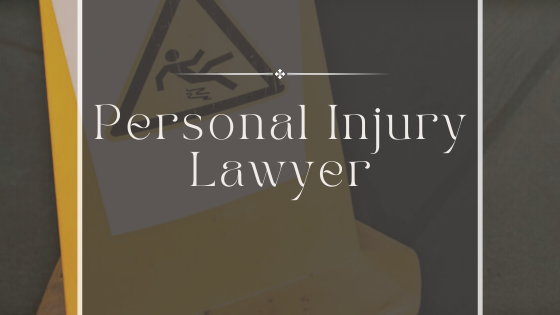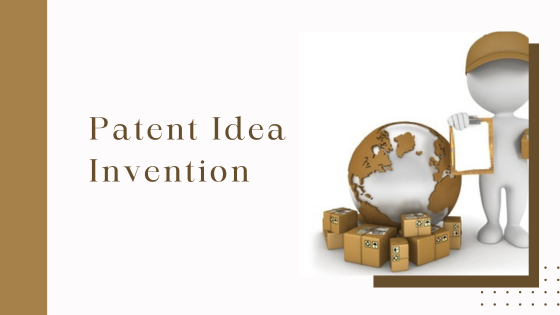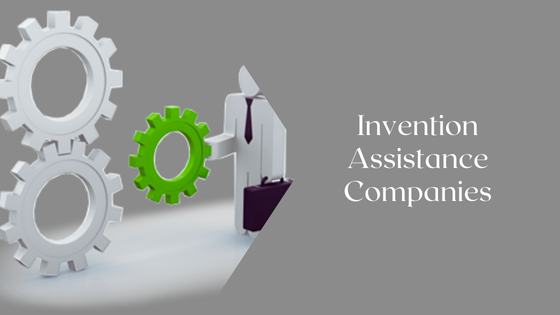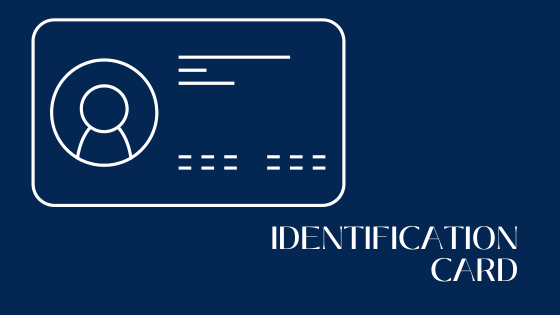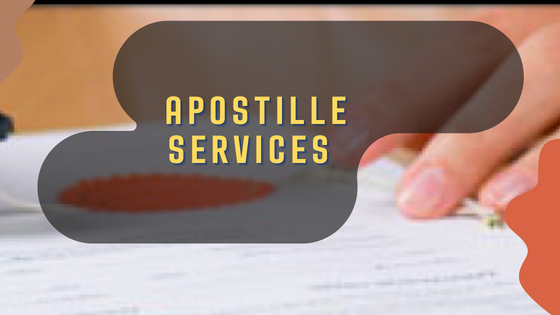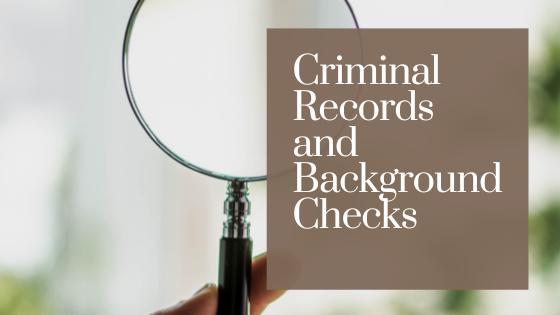Selling Land for Cash in Georgia: What You Need to Know About Title, Taxes, and Closing
Selling land for cash in Georgia can be fast, profitable, and stress-free—if you know what to expect. Whether you’re offloading an inherited parcel, liquidating a vacant lot, or ditching a property that’s become a burden, understanding the legal and financial mechanics behind title, taxes, and closing is critical. Cash buyers move quickly, but if your paperwork isn’t clean or your expectations aren’t aligned, deals can stall or fall apart entirely.
This guide breaks down what Georgia landowners need to know before accepting a cash offer—so you can close with confidence and walk away with real money in hand.
Title: The Deal-Maker or Deal-Killer
In Georgia, title issues are the number one reason land deals get delayed. Unlike selling a house, where agents and attorneys often guide the process, landowners selling directly to cash buyers must ensure the title is clean and transferable. That means no unresolved liens, no missing heirs, and no cloudy ownership history.
If you inherited the land, make sure probate is complete and the deed is in your name. If you bought it years ago and never used it, confirm that the legal description matches the actual parcel. And if you’re unsure whether your title is marketable, get a title search done before listing or negotiating. Cash buyers like Land Boss often offer to handle this step for you—but if you’re prepared upfront, you’ll close faster and avoid surprises.
Georgia is a “title state,” which means ownership is transferred via deed and recorded with the county. Most cash buyers will want a warranty deed, which guarantees clear title. If you can only offer a quitclaim deed, expect a lower offer or more scrutiny. The cleaner your title, the stronger your negotiating position.

Taxes: Don’t Let Back Taxes Tank Your Sale
Unpaid property taxes are common in land deals—and they don’t have to be a dealbreaker. But they do need to be addressed. In Georgia, counties can place tax liens on land and eventually auction it off if taxes go unpaid. If you’re behind, disclose it early. Many cash buyers will pay off the taxes at closing and deduct the amount from your payout.
What matters most is transparency. If you’ve received tax sale notices or know the property is in pre-foreclosure, say so. Land Boss, for example, specializes in helping sellers navigate tax-delinquent land sales and can often close before the county takes action. But timing is everything. Waiting too long can mean losing the land entirely—or watching your equity vanish in penalties and interest.
Also, be aware of capital gains taxes if you’ve owned the land for a long time and it’s appreciated significantly. While cash buyers don’t handle your tax filings, they can provide closing statements that help your accountant calculate any gains. If you’re selling inherited land, you may benefit from a stepped-up basis, which reduces your taxable gain. It’s worth discussing with a tax professional before closing.
Closing: Fast, Simple, and Paperwork-Heavy
Cash land sales in Georgia typically close faster than traditional real estate deals—often in as little as 7 to 14 days. But “fast” doesn’t mean “casual.” You’ll still need to sign a purchase agreement, provide proof of ownership, and work with a closing attorney or title company to finalize the transfer.
Georgia law requires a licensed attorney to handle real estate closings. That means your buyer will likely choose a closing attorney to draft the deed, manage escrow, and record the transaction. You don’t need to be physically present—many closings are handled remotely—but you do need to respond quickly to requests for documents, signatures, and verification.
Expect to provide a copy of your ID, the most recent tax bill, and any prior deeds or title documents you have. If the land is in a trust, LLC, or estate, additional paperwork may be required. The smoother your communication, the faster the deal closes.
If you want to sell land for cash fast – Land Boss is known for streamlining this process. Their team works directly with Georgia closing attorneys to ensure sellers don’t get bogged down in legal jargon or paperwork delays. They often cover closing costs and handle title cleanup, making the process truly hands-off for sellers who want speed and simplicity.
Conclusion: Preparation Pays
Selling land for cash in Georgia isn’t just about finding a buyer—it’s about being ready to close. Title, taxes, and closing logistics can either accelerate your payout or derail your deal. The good news? With the right buyer and a little preparation, you can turn unused or unwanted land into liquid cash—fast.
Land Boss has helped hundreds of Georgia landowners close quickly, even on properties with title issues, tax liens, or probate complications. If you’re ready to sell and want a team that handles the hard stuff for you, they’re one of the few cash buyers who combine speed with professionalism.
Before you sign anything, make sure your title is clean, your taxes are accounted for, and your closing process is in motion. That’s how you turn dirt into dollars—without the drama.
